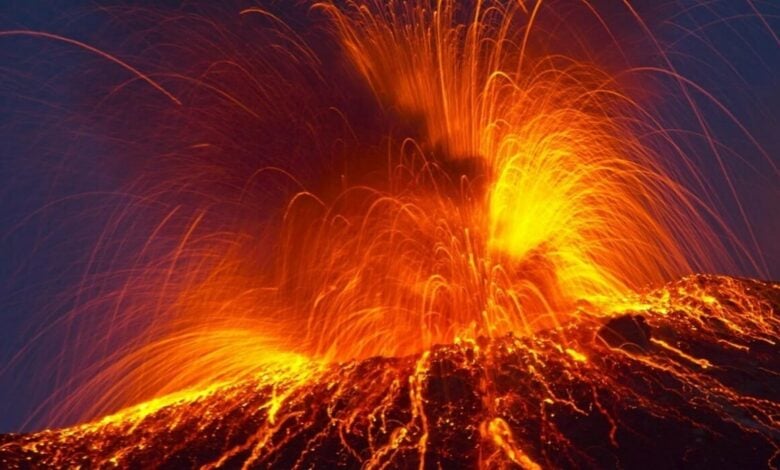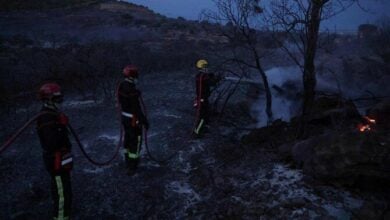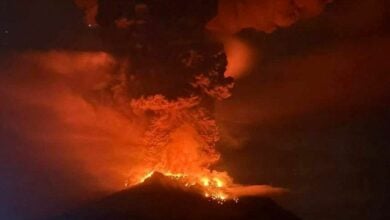Russian scientists pinpoint date of largest volcanic eruption in 10,000 years

Scientists from Ural Federal University, supported by the Russian Science Foundation, have determined the precise date of the largest volcanic eruption in the past 10,000 years. After analyzing the tree rings of subfossilized trees in the Yamal Peninsula, northern Siberia, they discovered that the eruption of the Kikai volcano, located in the Japanese islands, occurred in 5279 BCE.
Researchers suggest that this date could serve as a key reference point for synchronizing the chronology of other volcanic eruptions. According to dendrochronologist Rashit Khantemirov, the Kikai eruption was significantly larger than most known eruptions, with an estimated ejection of 300 to 450 cubic kilometers of material, surpassing even the famous Tambora eruption in 1815.
The study analyzed three major volcanic eruptions from the past 10,000 years, including the Ilinsky volcano in Kamchatka and Mount Mazama in North America. While no evidence of catastrophic events was found during these periods, tree rings showed notable anomalies aligning with the expected date of the Kikai eruption, indicating significant environmental impact that lasted for several years.
If confirmed, the findings could lead to revisions in the ice core chronology of Greenland and Antarctica, potentially impacting our understanding of climate change and the natural environment. The research was published in Dendrochronologia, a journal focused on tree ring studies and their applications in archaeology, botany, climatology, and ecology.






